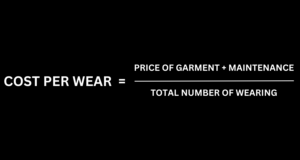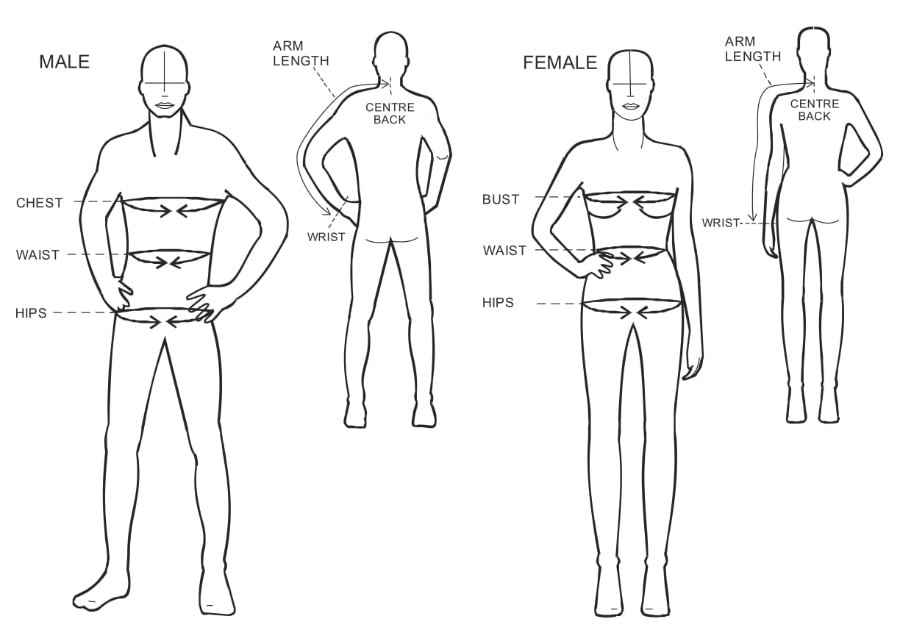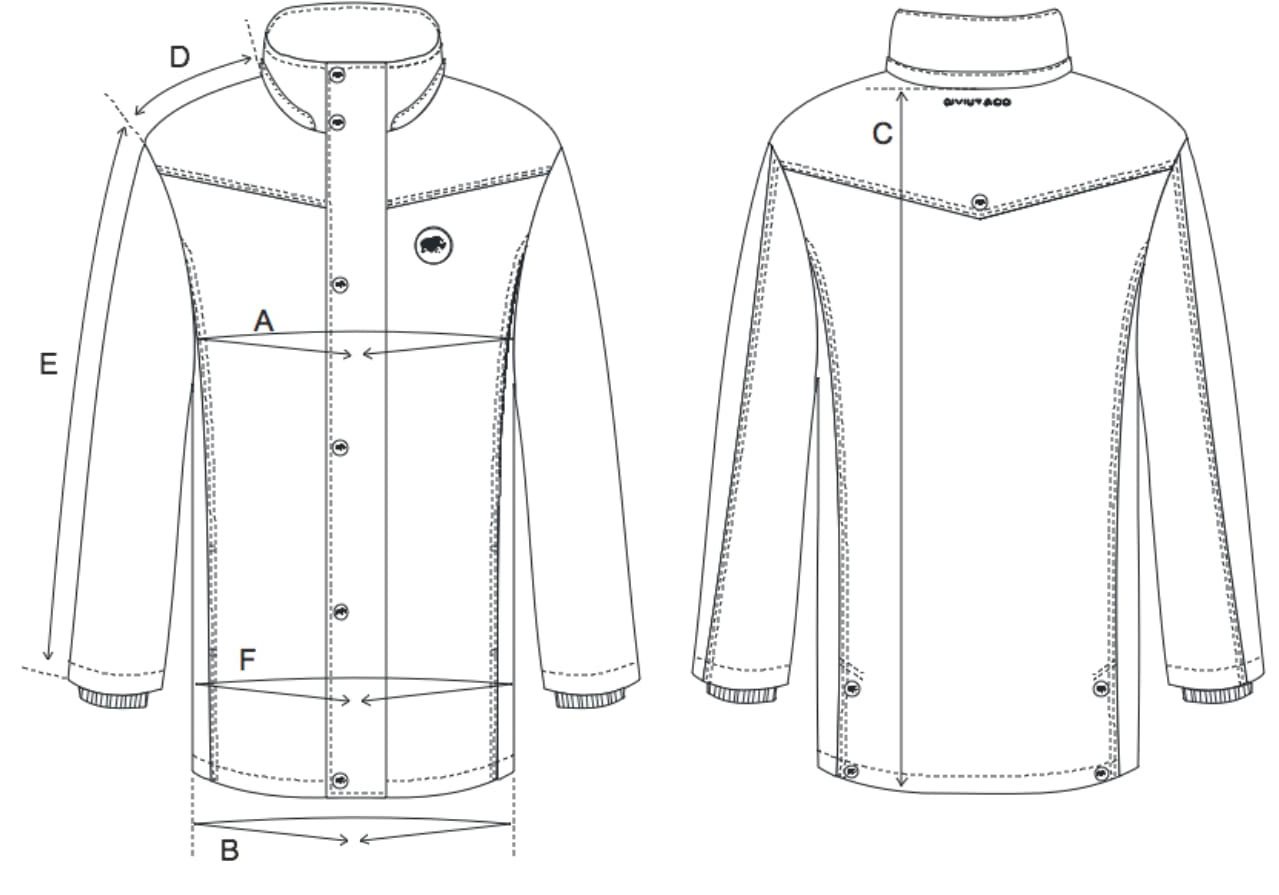Just what the world needs, another TLA (that’s three letter acronym to you). But this one is worth knowing about: Cost Per Wear.
Basically, it is the concept that the value of an item is directly related to the amount you use it. It can apply to anything you purchase but in my world and for this blog it relates to clothing.
At the risk of creating flashbacks to sixth grade math, you can figure out CPW on any item of clothing by adding the cost of maintenance, if any, to the purchase price and dividing that sum by the total number of times it was or expects to be worn.

For example, if you buy a sweater for, say, £100 and wear it ten times in a year, then your CPW for that sweater is £10. If you have it dry cleaned once during that year for £10, then the CPW gets bumped up to £11.
Cheap Fast Fashion vs High End Luxury
But here is where it gets interesting in a counter-intuitive sense. A fast fashion sweater that costs £50, worn ten times but discarded after a year because it is no longer in fashion or just doesn’t hold up to repeated wear has a CPW of £5. Now compare that with a classic luxury sweater costing £200 that gives you five years of wear at ten times per year and the CPW of that item is only £4. Throw in a dry cleaning in each of those years and the CPW is the same as the fast fashion sweater you discarded after twelve months. Keep it for more than five years and/or sell it on eBay at the end of its useful life and the CPW diminishes accordingly. You get the idea. The “expensive” sweater ends up being less expensive than the “cheap” sweater on a CPW basis.
The additional interesting thing is that most of us actually make this assessment, albeit subliminally, in the most expensive things we buy. We purchase a car mindful of how long we can use it and what it costs to maintain. We buy and/or remodel a house typically intending to live in it for many years. These decisions relate to cost per use instead of cost per wear but the same principle applies.
The Environmental Impact of CPW
And then there is the environmental angle to CPW. Higher priced better quality clothing is retained longer by the user and tends to have a second (or third, fourth, etc.) life in close proximity to the original owner (gifted to family or a friend, donated to a local charity shop). Not so with cheaper clothing that gets discarded directly into rubbish bins or is supposedly “recycled” but winds up in landfills thousands of miles away.
The Changing Markets Foundation, a sustainability non-profit, undertook a recent tracking study it has labelled “Take Back Trickery” to expose where most fast fashion recycled clothing from schemes operated by H&M, Zara. Uniqlo and the like actually winds up, frequently in African landfills.
Price vs Value
As a final point and to try to be objective notwithstanding our position in the luxury sector, I acknowledge that for many the biggest obstacle to embracing a CPW philosophy in making a clothing purchase decision is the initial cost for luxury goods. For some that will be the determinant full stop. But for many others, the price tag should only be the starting point for evaluating a purchase. When looked at from a CPW perspective and what is better for the planet, it may be a bargain.
To quote Warren Buffet, “Price is what you pay. Value is what you get.”






Follow us